- About us
- Support the Gallery
- Venue hire
- Publications
- Research library
- Organisation chart
- Employment
- Contact us
- Make a booking
- Onsite programs
- Online programs
- School visit information
- Learning resources
- Little Darlings
- Professional learning
John Pascoe Fawkner (1792–1869), sometimes called the ‘Founder of Melbourne’ was a pioneer and adventurer. The self-educated son of a convict, he spent his early years in Van Diemen’s Land, pursuing a variety of occupations from baker to builder to bush lawyer, often finding himself in trouble with the law largely because of debts but in 1814 for abetting an attempted escape by convicts. He launched the Launceston Advertiser in 1828 and edited it for the next two years, championing the emancipist class and attacking officialdom. In 1835 he organised an expedition to what is now Melbourne. Landing in Hobson’s Bay, Fawkner soon became a man of property and influence, acquired substantial lots of land, running a hotel and establishing the Port Phillip Patriot and Melbourne Advertiser. A member of the Legislative Council from its introduction in 1851 until his death, Fawkner railed in his Port Phillip Patriot against the privileged squattocracy and was known as ‘the tribune of the people’.
The Melbourne photographic firm Batchelder & Co. had originated from a business established on Collins Street in 1854 by Perez Mann Batchelder, a Boston-born daguerreotypist. Between 1857, when Perez Batchelder returned to the USA, and 1864 it traded as Batchelder & O’Neill – a partnership between Perez Batchelder’s brothers and another American, Daniel O’Neill. The studio was one of the first in Melbourne to offer cartes-de-visite and is said to have increased the format’s popularity by producing portraits of actors and other celebrities. By 1864 none of the Batchelders were involved in the original business. The Batchelder name, however, had become synonymous with photographic portraiture in Melbourne and when artists John Botterill, Frederick Dunn and John Wilson – having acquired ‘all the negatives and other portraits, the accumulation of over 11 years of Batchelder and O’Neill’s business’ – acquired the studio they continued to trade under it. During their management the studio was known as Batchelder’s Portrait Rooms and Batchelder & Co. The business changed hands again around 1880, but the Batchelder name was again retained until the studio’s eventual closure in the 1890s.
Collection: National Portrait Gallery
Purchased 2008



On one level The Companion talks about the most famous and frontline Australians, but on another it tells us about ourselves.
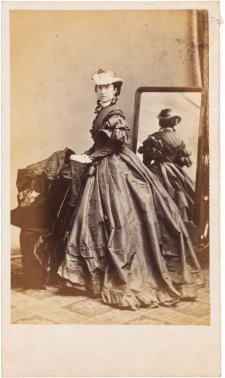
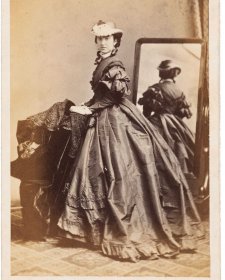
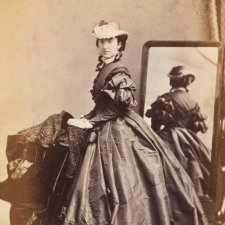
Drawn from the NPG’s burgeoning collection of cartes de visite, Carte-o-mania! celebrates the wit, style and substance of the pocket-sized portraits that were taken and collected like crazy in post-goldrush Australia.
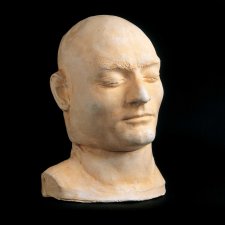
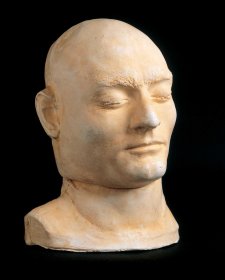
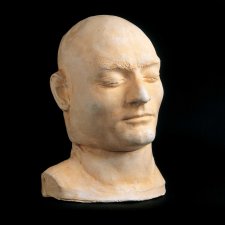
Death masks, post-mortem drawings and other spooky and disquieting portraits... Come and see how portraits of infamous Australians were used in the 19th century.